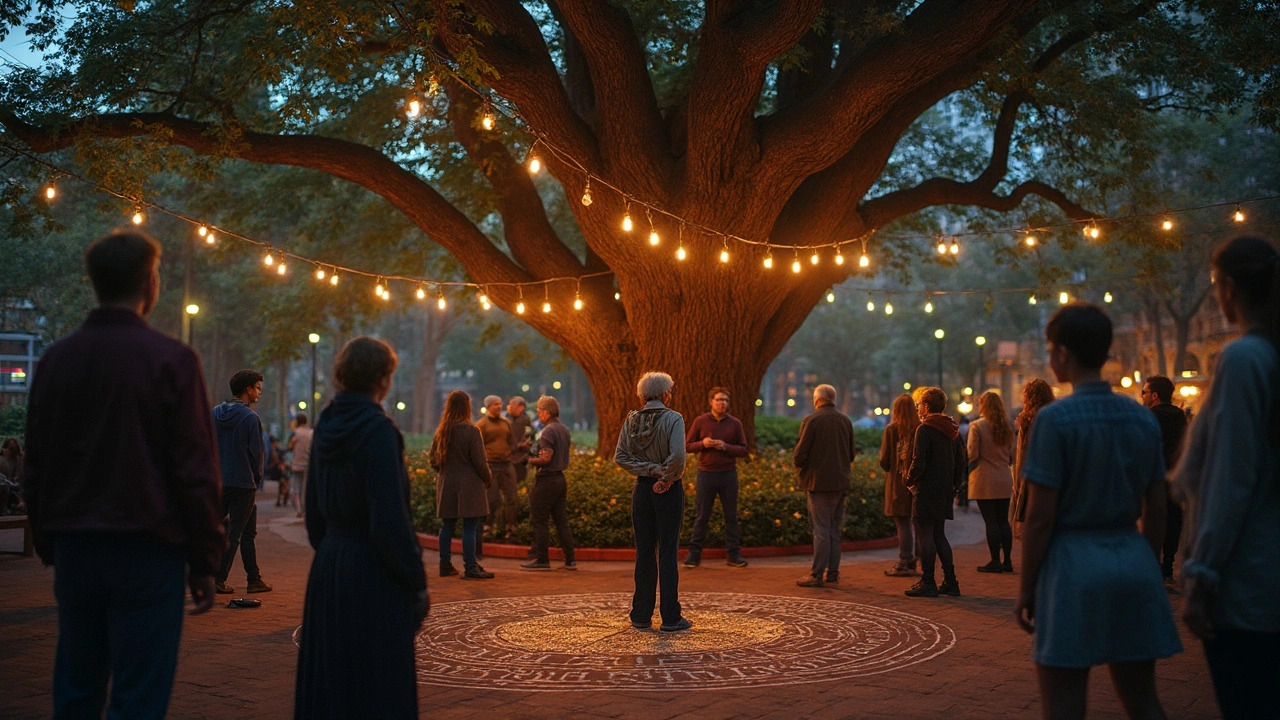Hidden Societies: What They Are and Why They Matter
Ever wonder why you keep hearing about secret clubs, mysterious rituals, or powerful cabals that operate behind the scenes? Those are what we call hidden societies – groups that keep a low profile, share exclusive knowledge, and often shape events without the public noticing. In this guide we’ll break down the basics, trace their roots, and show you how they show up in everyday life.
History and Origins
Hidden societies didn’t pop up overnight. Many trace their lineages back to ancient brotherhoods that guarded trade secrets, religious rites, or political power. Think of the guilds in medieval Europe that controlled craft standards or the Freemasons who grew out of stonemason lodges. Over time, these groups added layers of symbolism, secret handshakes, and coded language to protect their members and keep outsiders guessing.
During the Enlightenment, a surge of philosophical clubs formed to discuss ideas that governments frowned upon. In the 20th century, political upheavals gave rise to covert cells that operated underground, from resistance movements in occupied countries to covert intelligence networks. Each era gave the core concept a new flavor, but the central idea stayed the same: a tight‑knit community sharing information that’s off limits to the public.
Modern Impact and How to Spot One
Today, hidden societies aren’t just in history books. You’ll find them in finance, tech, entertainment, and even health forums. Some operate as elite networking clubs where members swap investment tips that later move markets. Others take the form of online communities that share alternate medical theories, influencing how people view treatments. The key sign is a strong emphasis on exclusivity – members are invited, not recruited, and they often use symbols, private messaging apps, or encrypted channels to communicate.
If you suspect a group is a hidden society, look for a few tell‑tale signs: a secretive entry process, rituals or initiation ceremonies, a distinct emblem that only insiders recognize, and a consistent narrative that runs counter to mainstream sources. These clues don’t automatically prove anything shady, but they do suggest a group that prefers operating under the radar.
Why does any of this matter to you? Hidden societies can shape opinions, push policies, or even affect product availability. For example, a covert network of supplement enthusiasts might spread unverified claims about a new herb, influencing buying choices before regulators step in. Knowing how these groups work helps you spot bias, ask better questions, and avoid being swayed by information that’s filtered through a closed circle.
In short, hidden societies are real, they’ve evolved with each generation, and they still play a subtle role in today’s world. By staying curious, watching for the signs of exclusivity, and checking facts from multiple sources, you can make smarter decisions whether you’re looking at a new health trend or a big‑money investment. Keep your eyes open, question the narrative, and you’ll be less likely to fall into a hidden agenda.
- By Leona Ashfield
- Lifestyle
- 11 Comments
Conjubrook: Exploring the Hidden World of Modern Magical Communities
Dive into Conjubrook: a look inside the secret world of modern magical communities, rituals, and myths. Explore the facts, urban legends, and how to spot traces of real magic.
